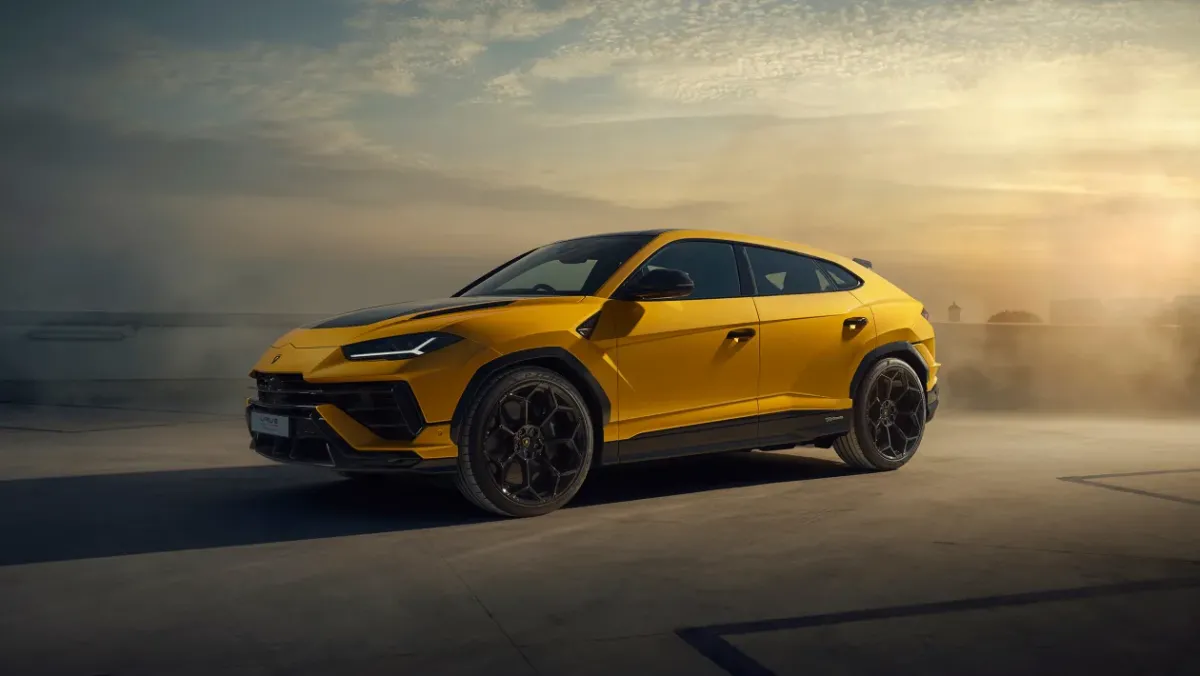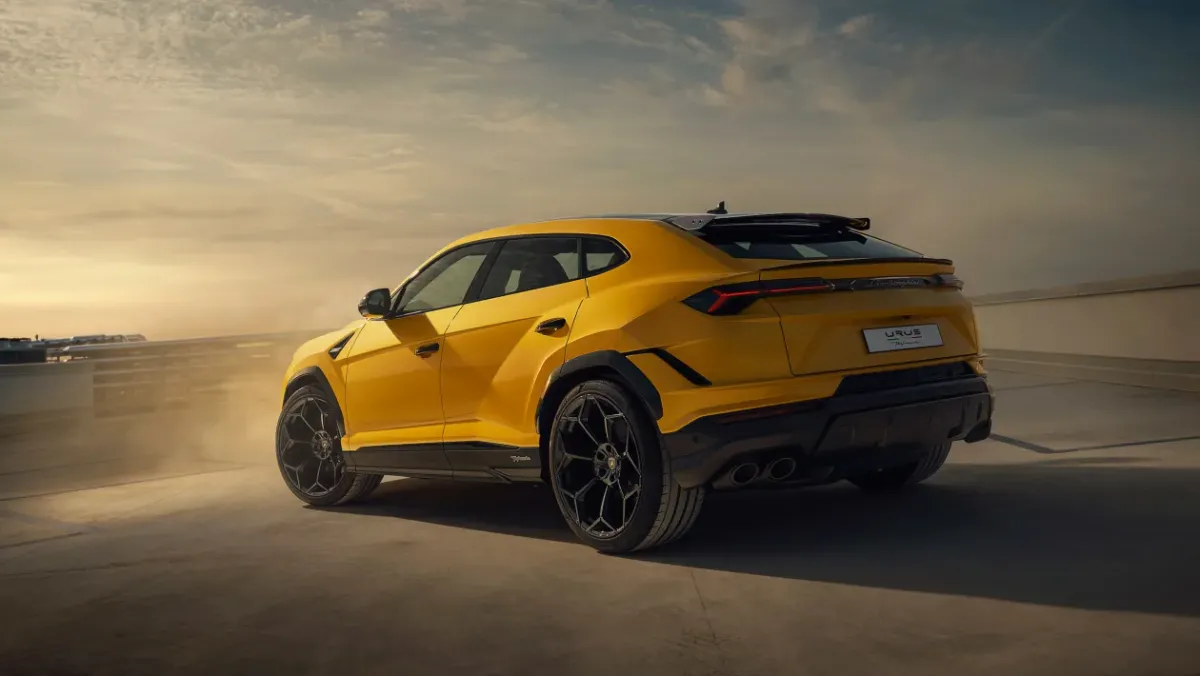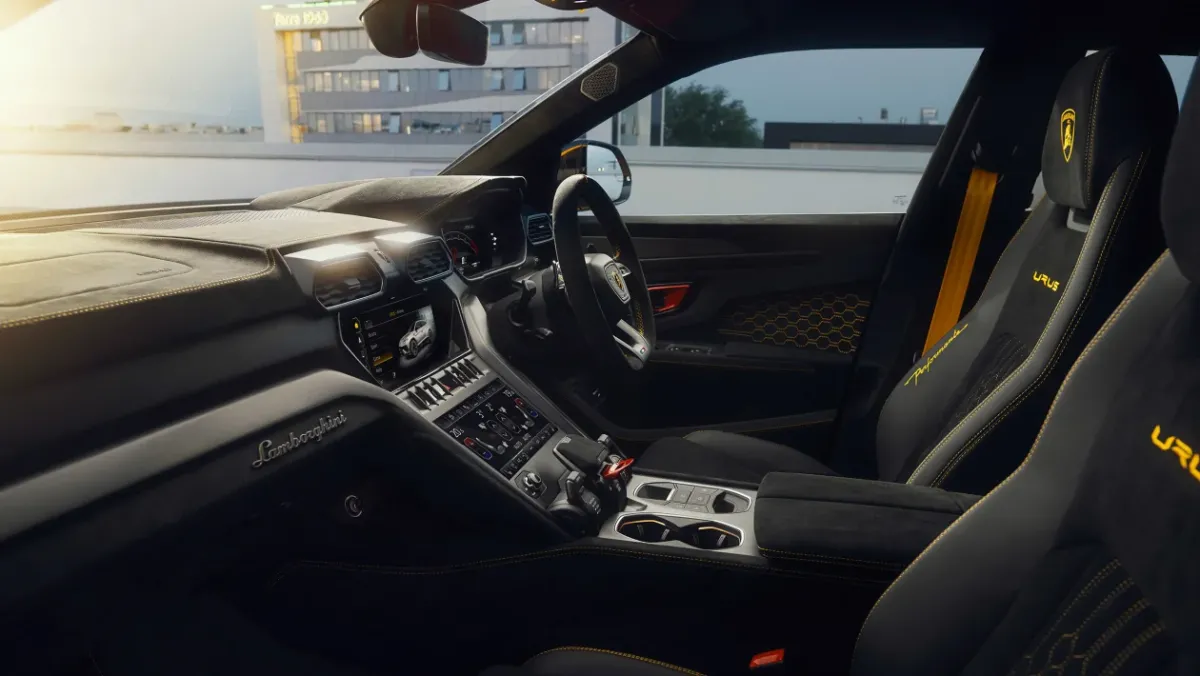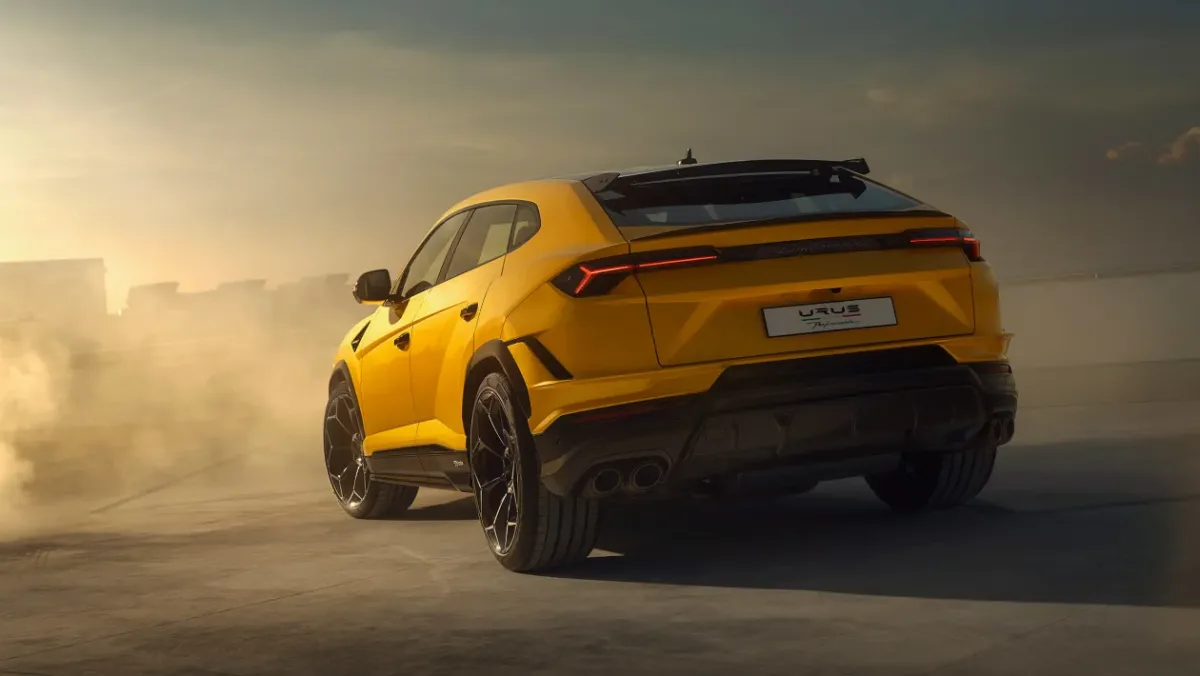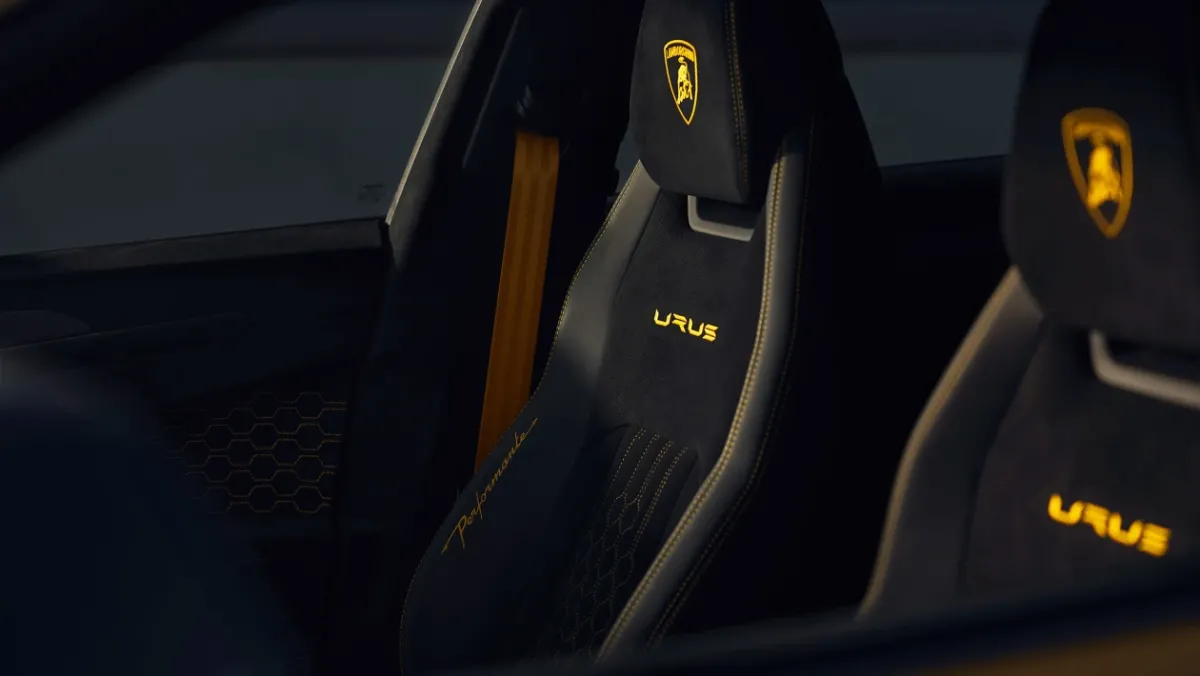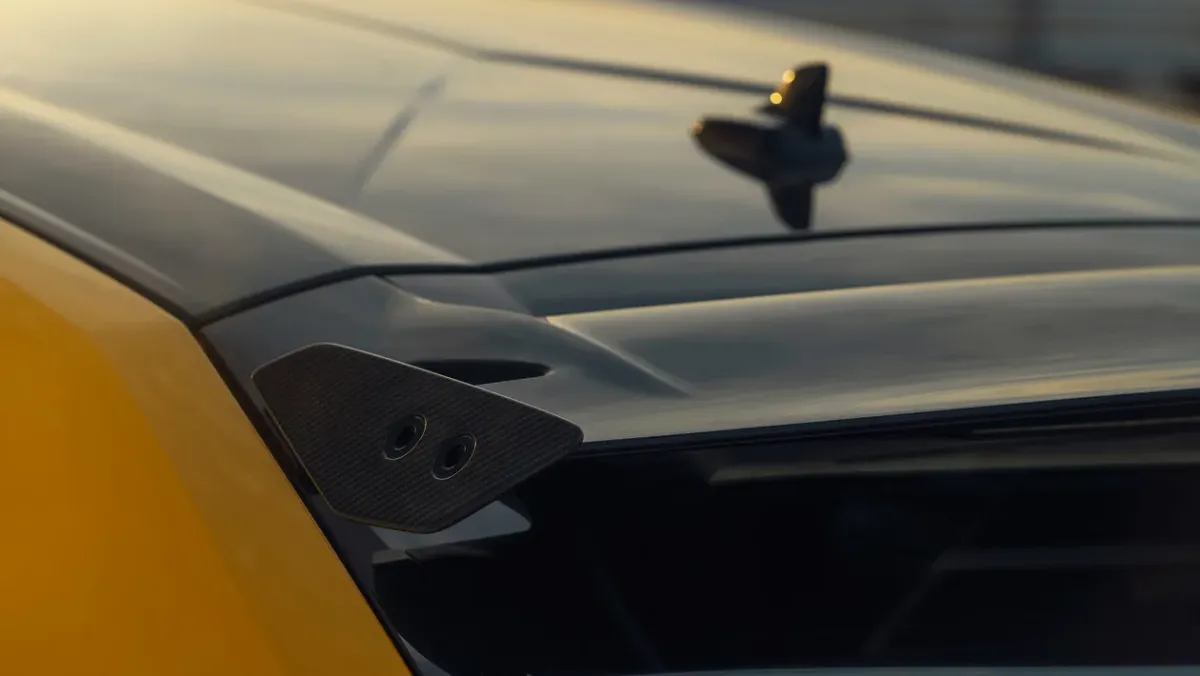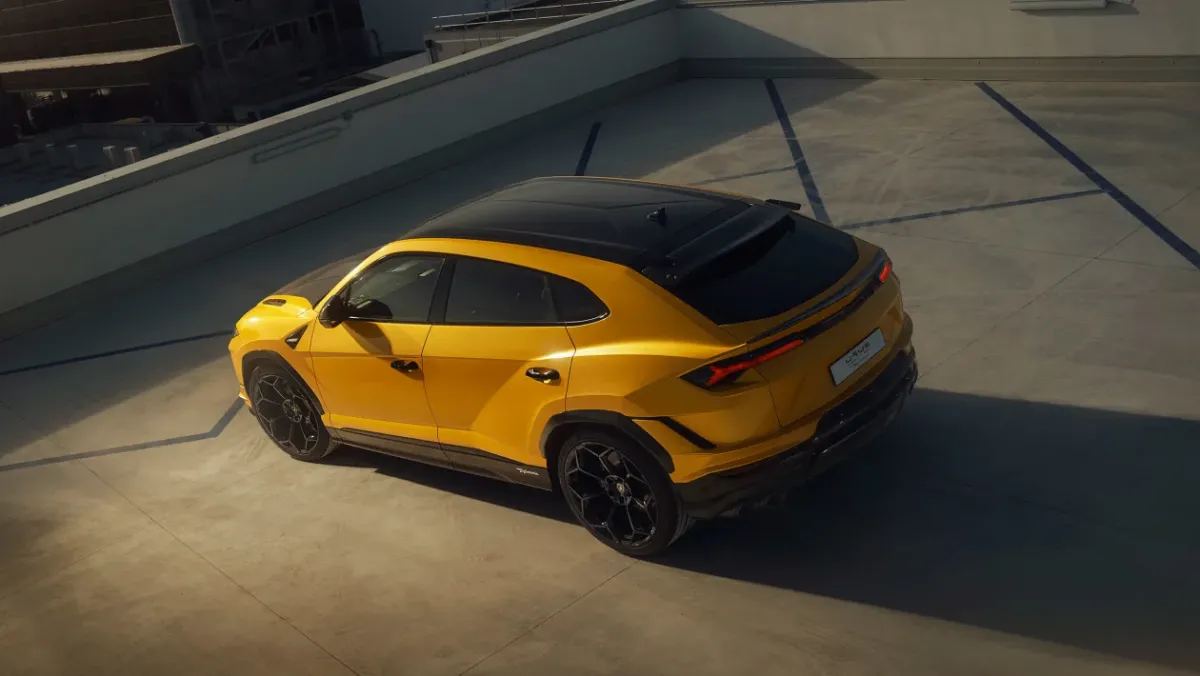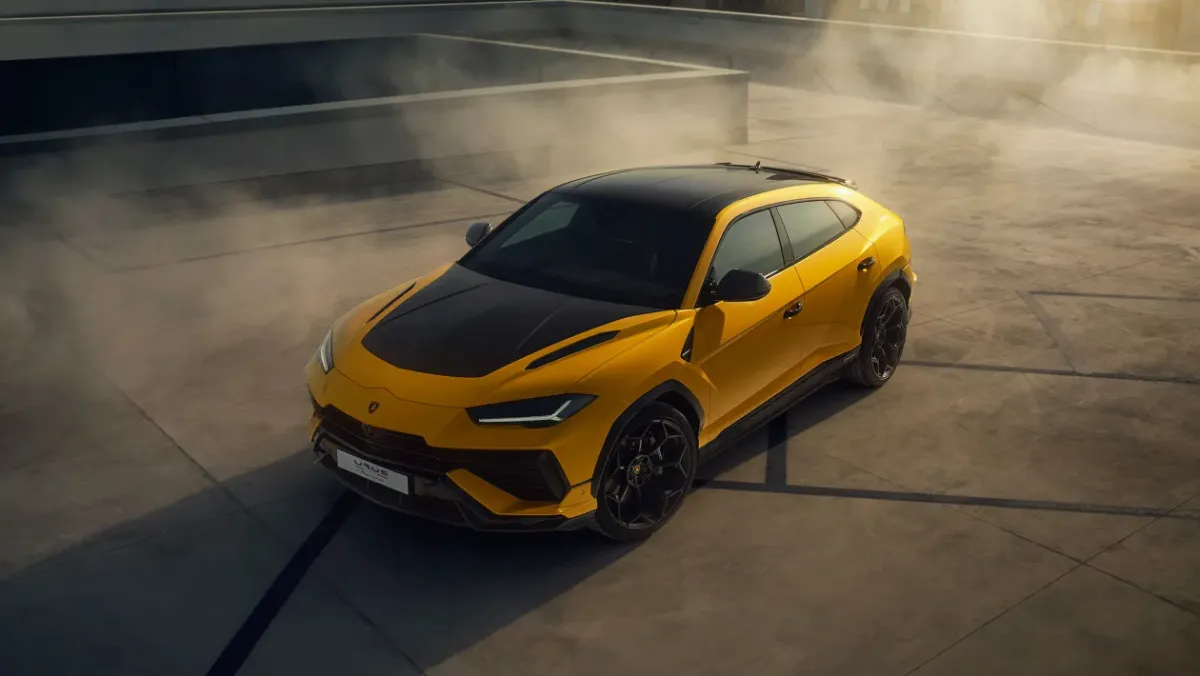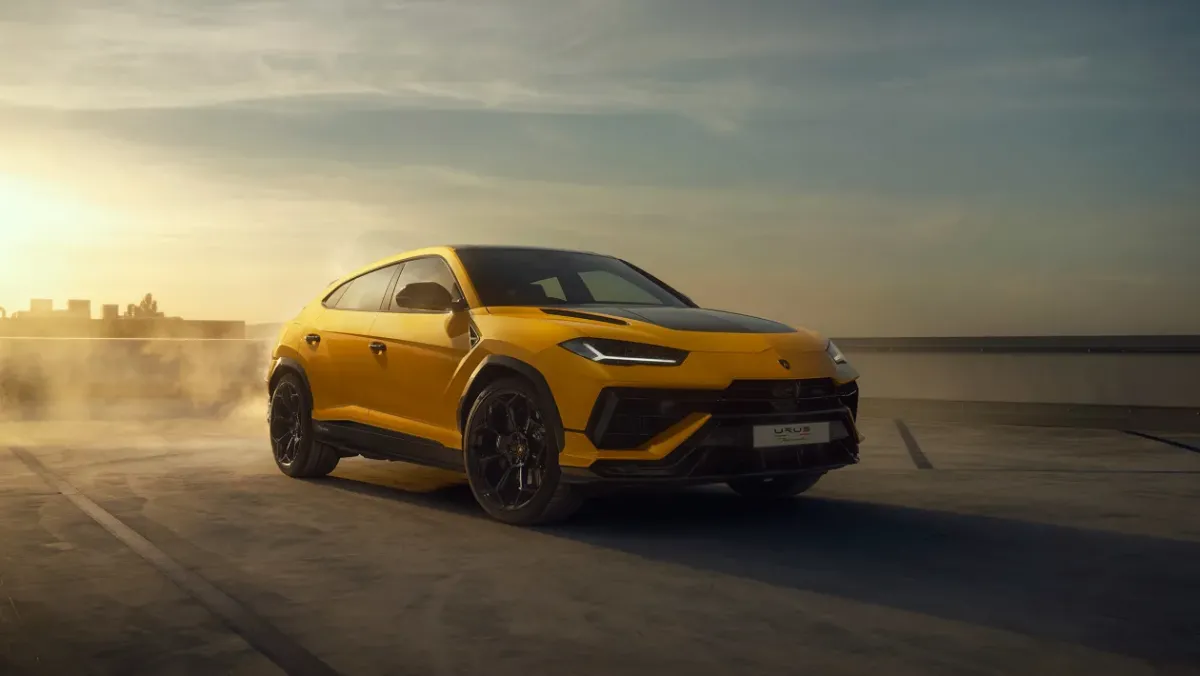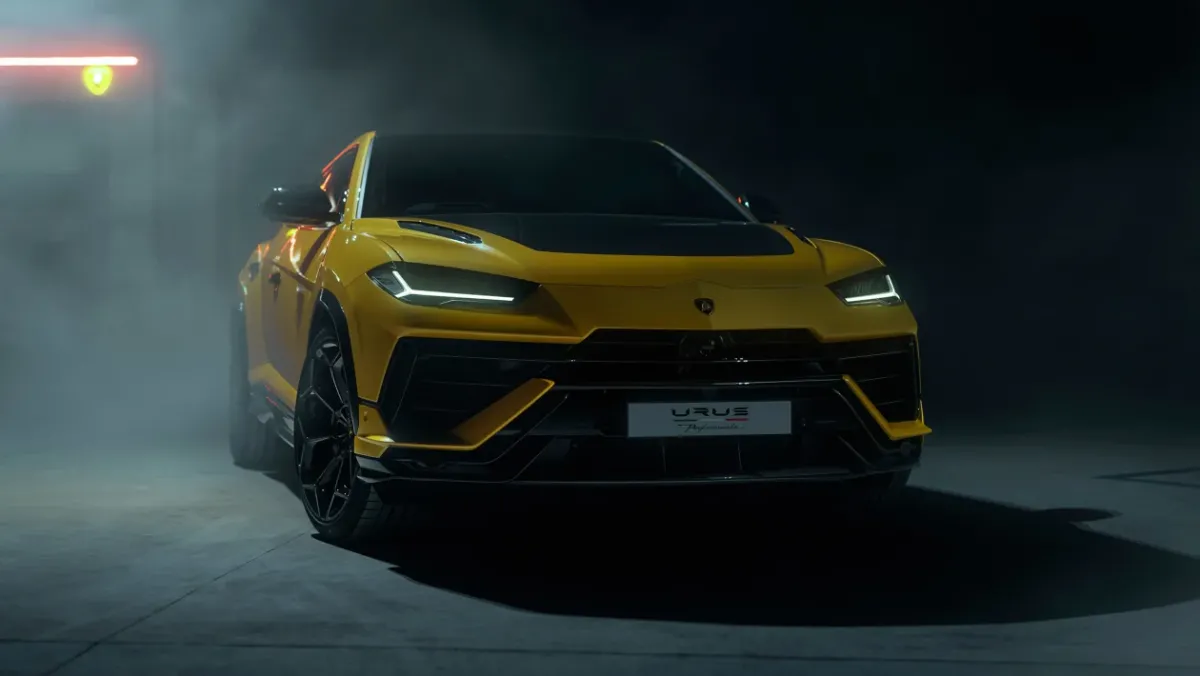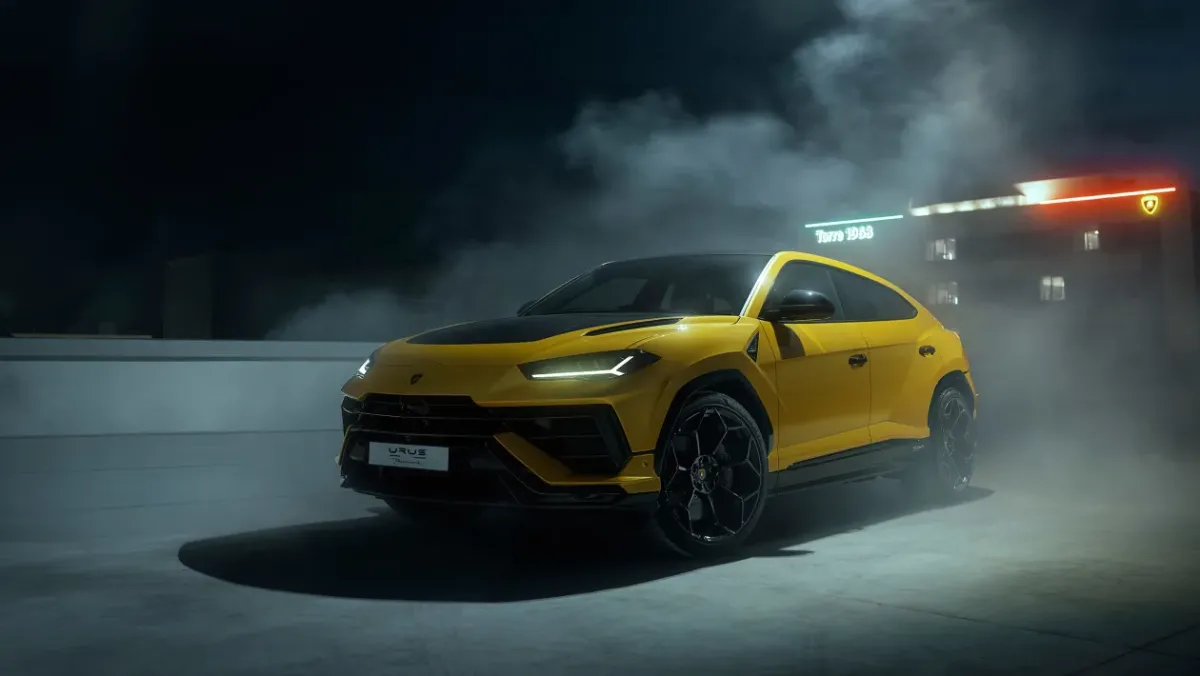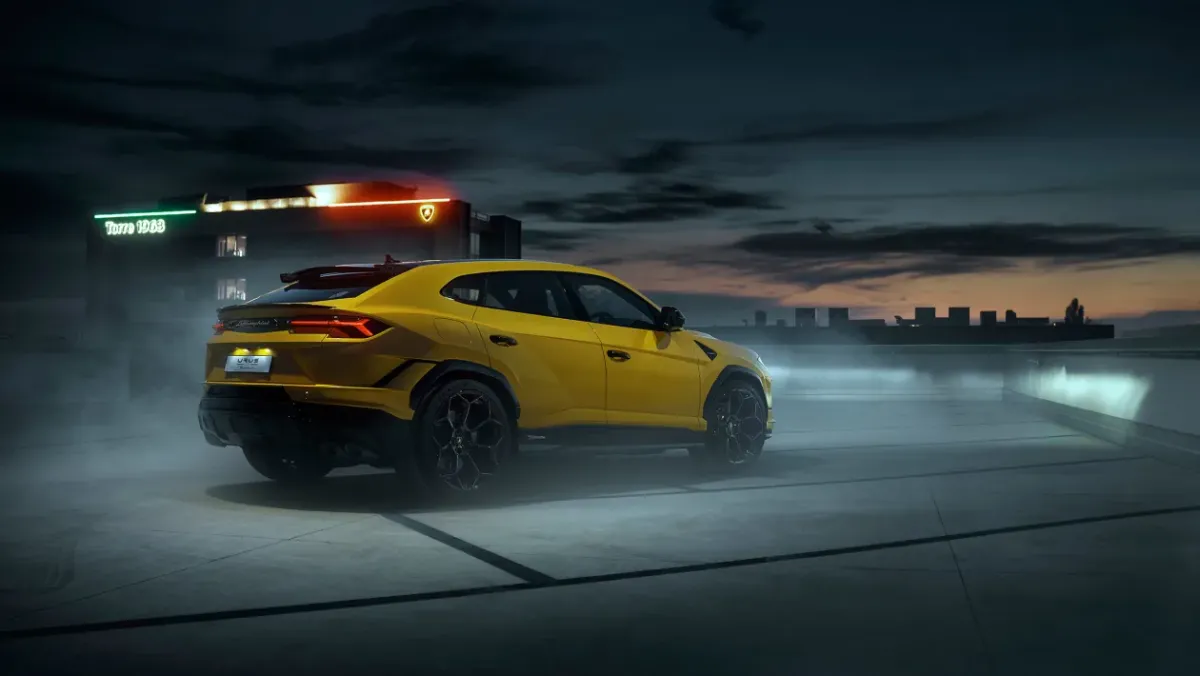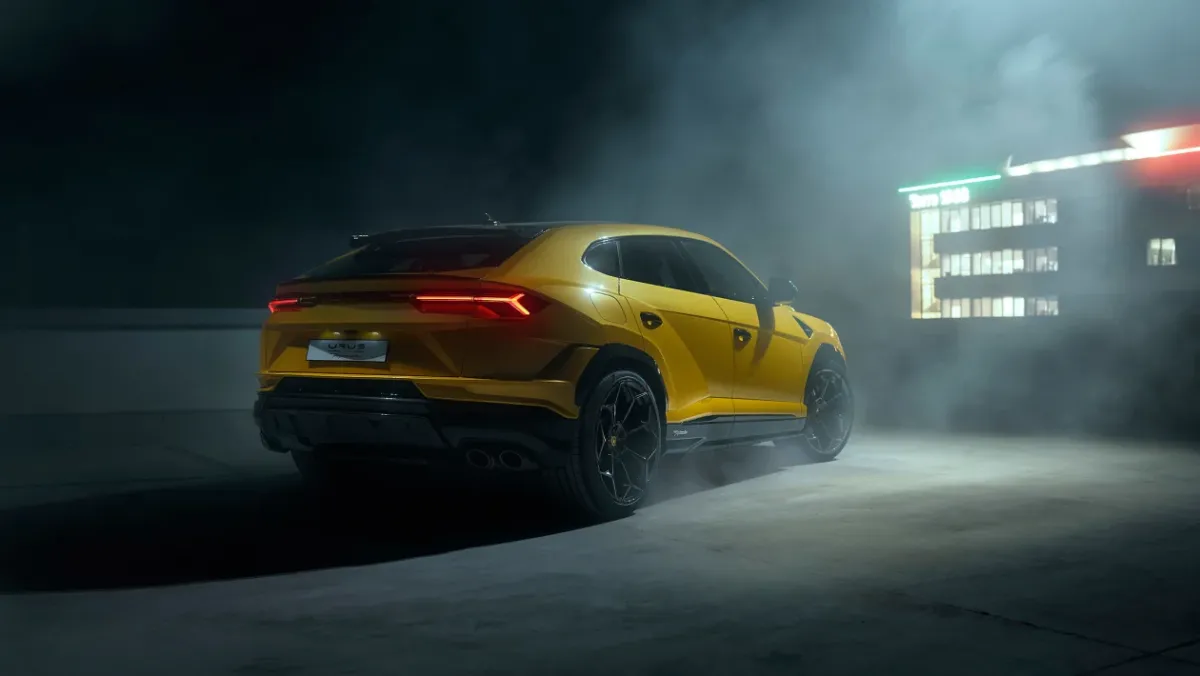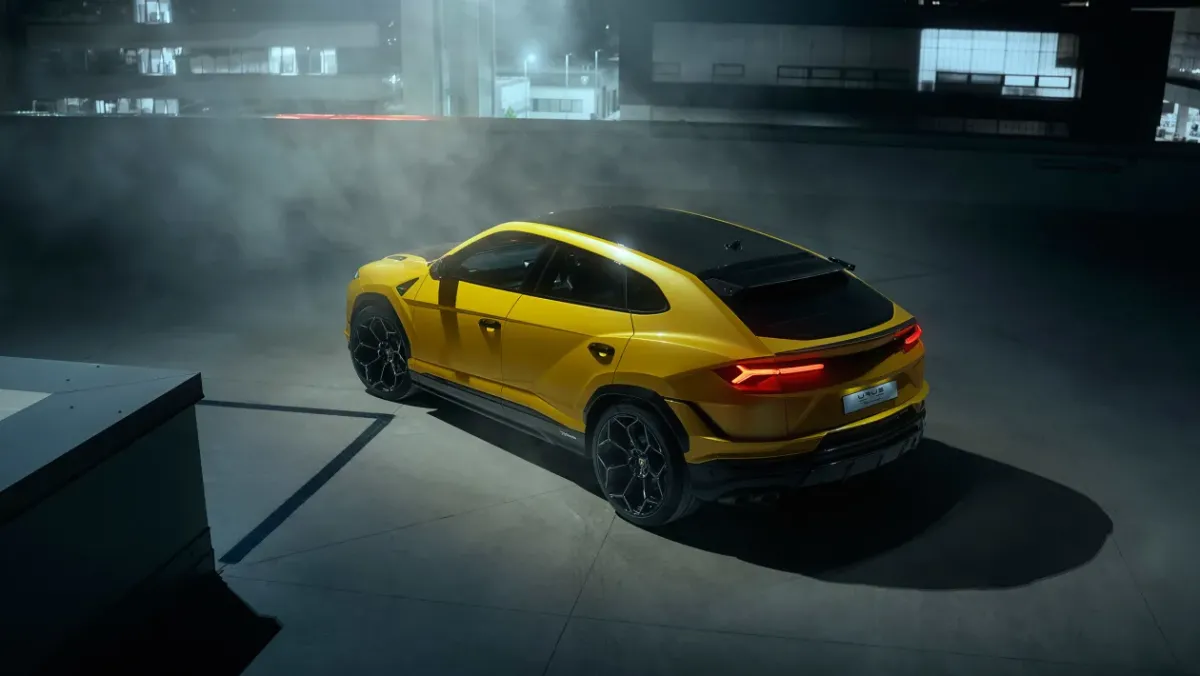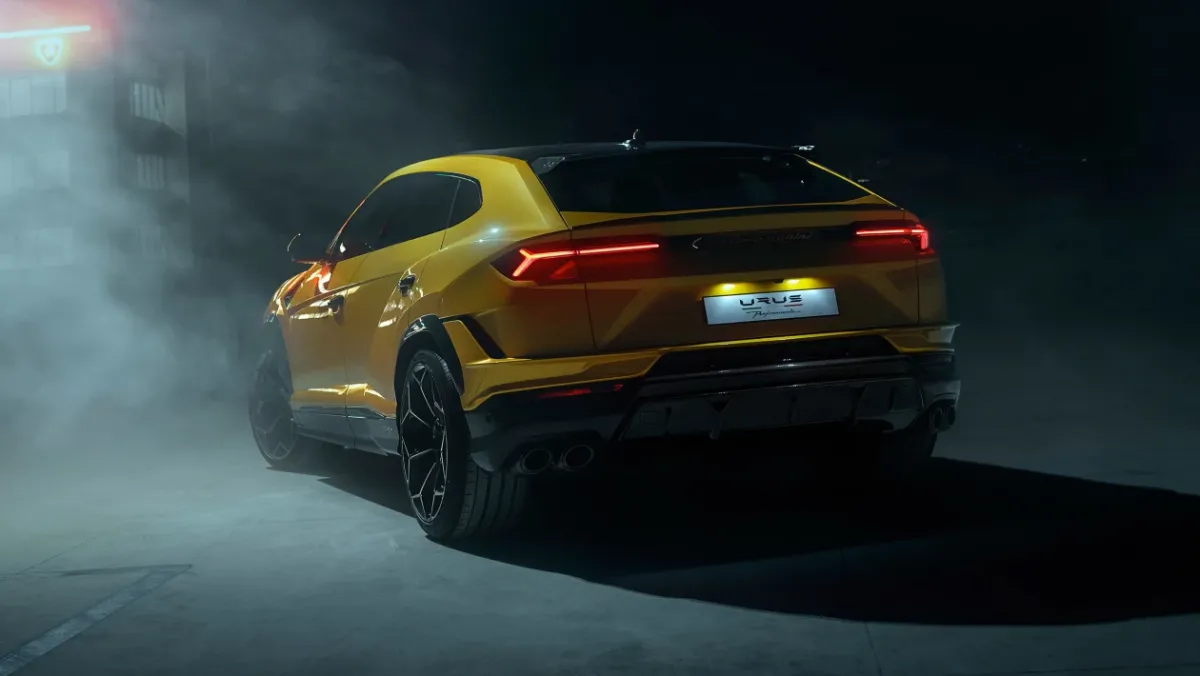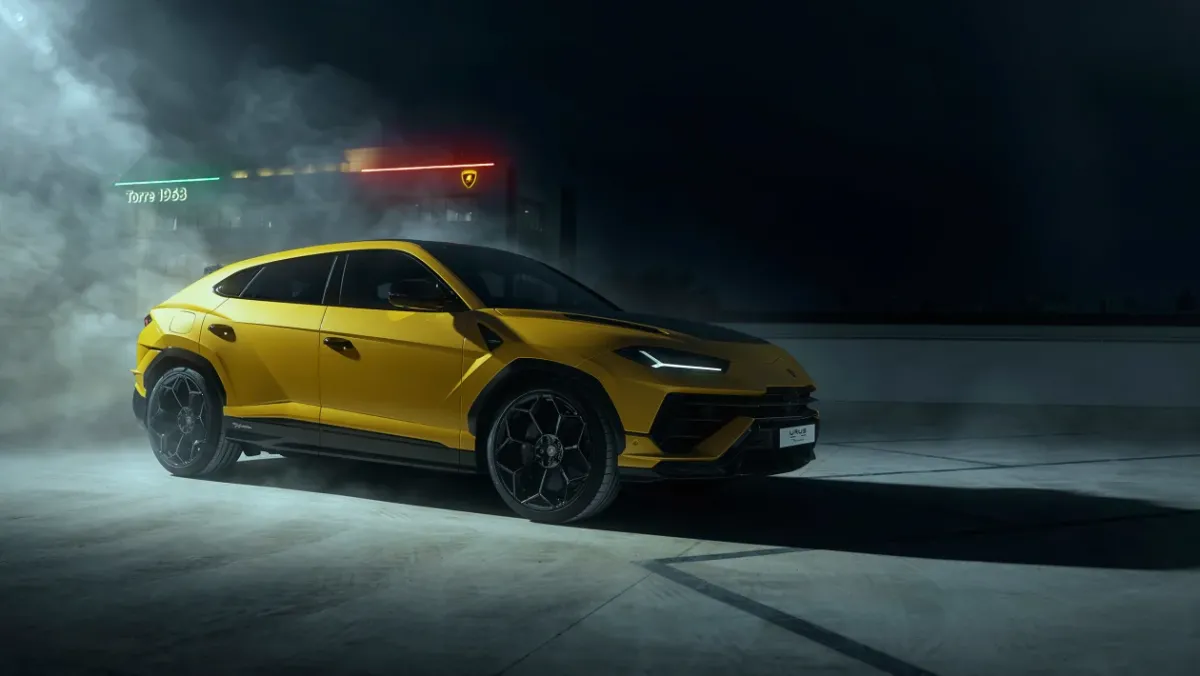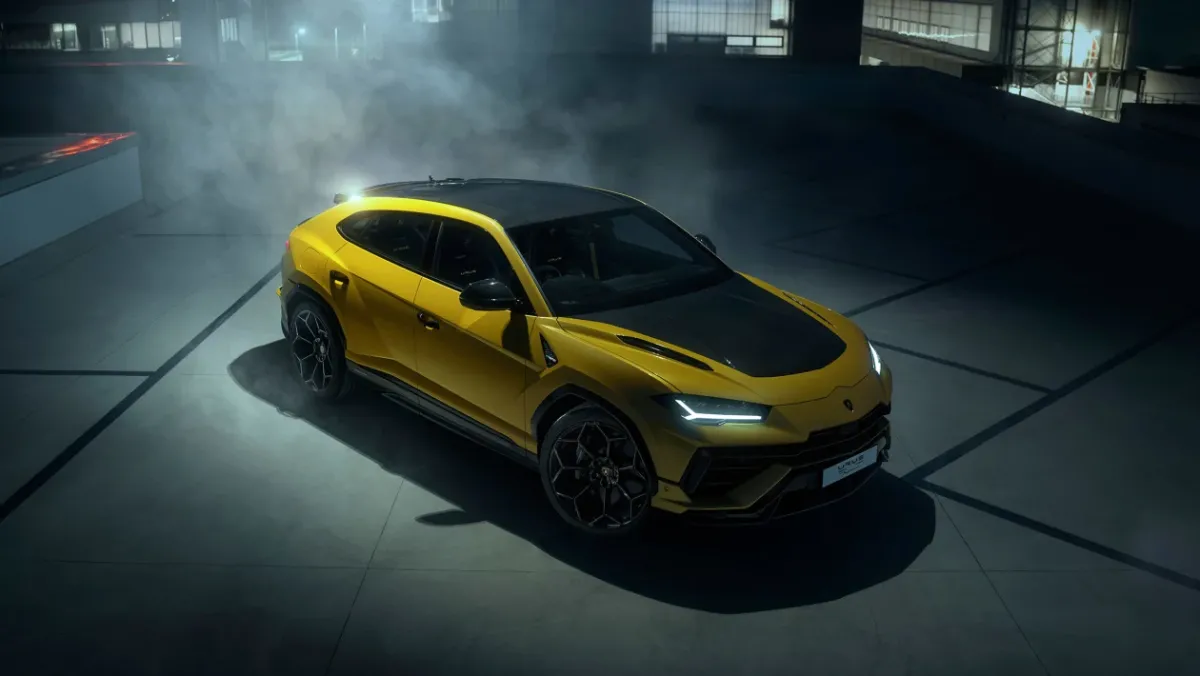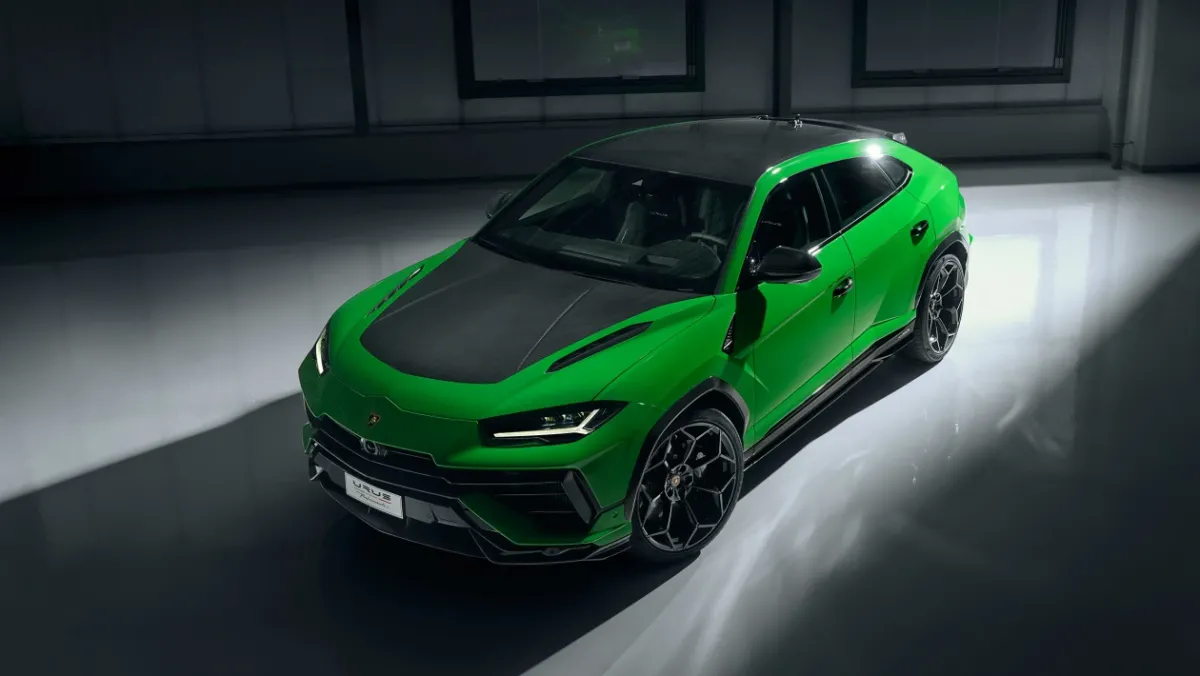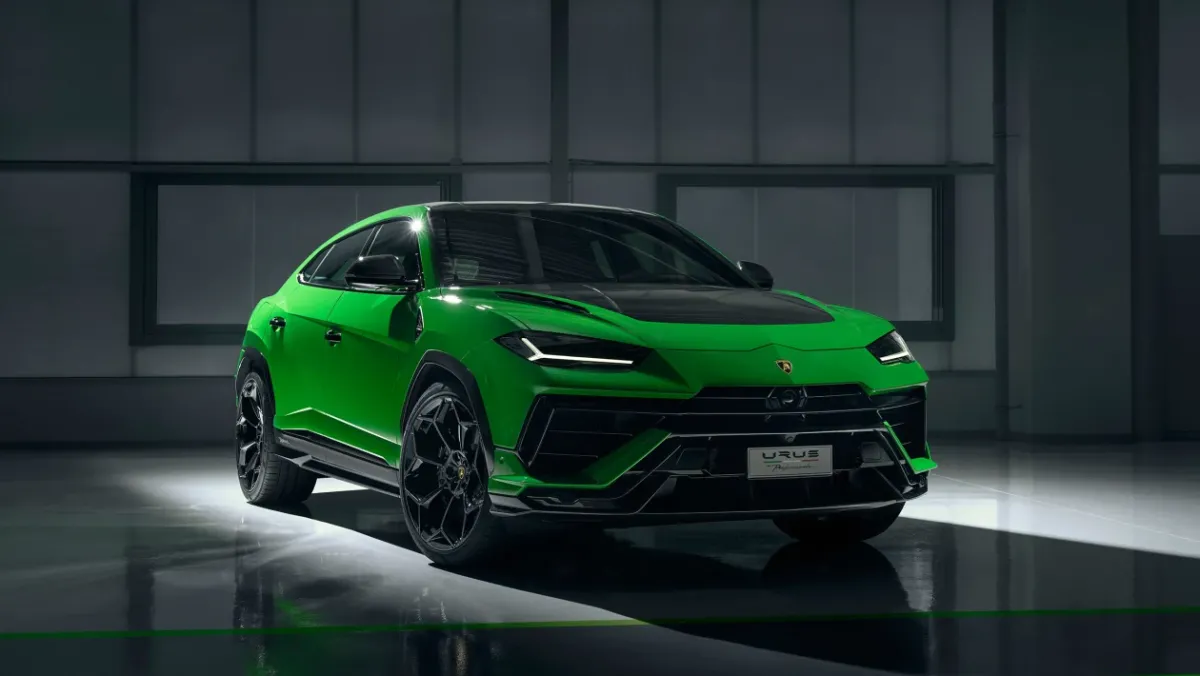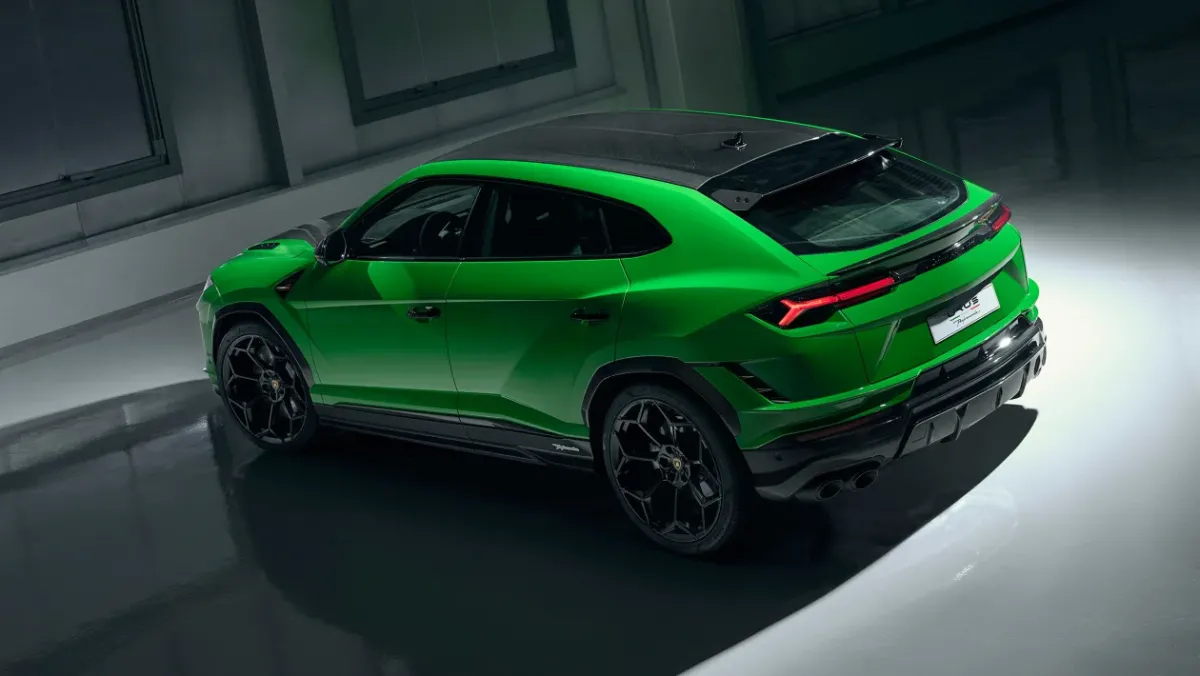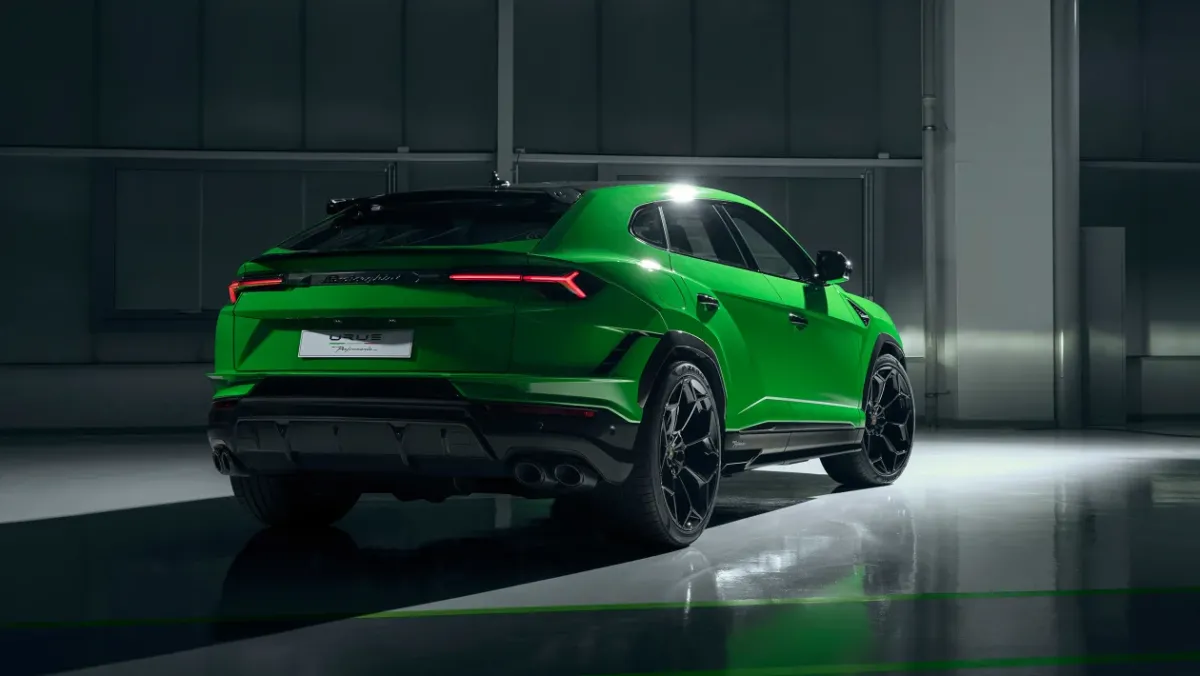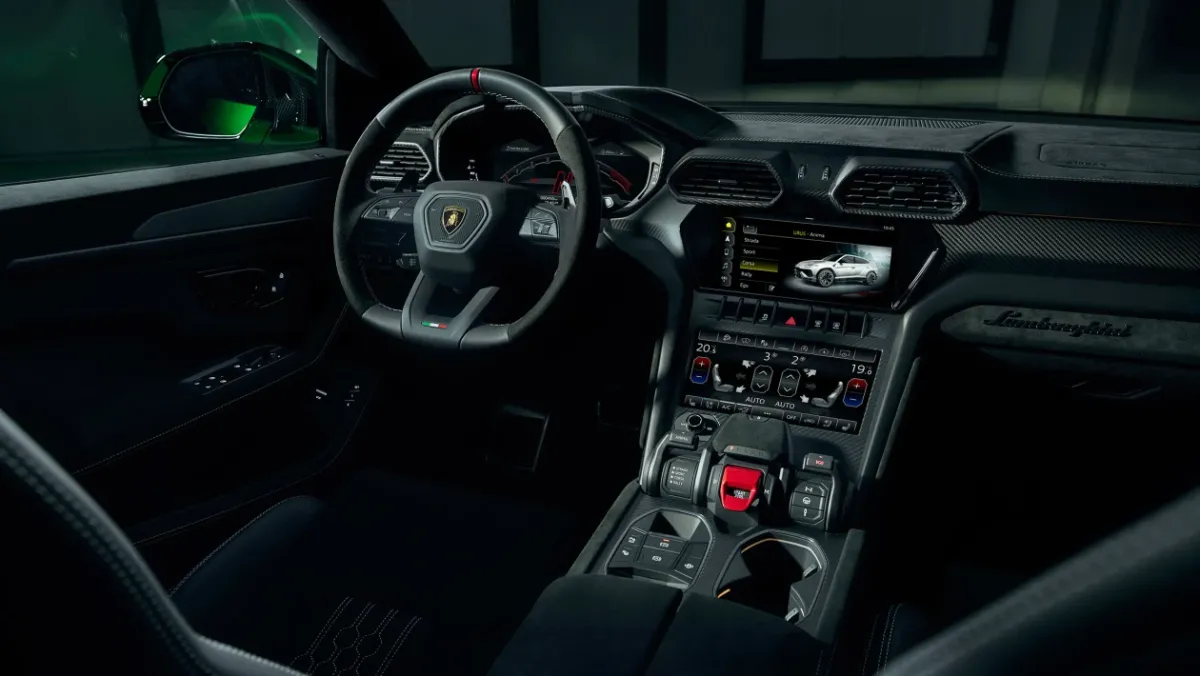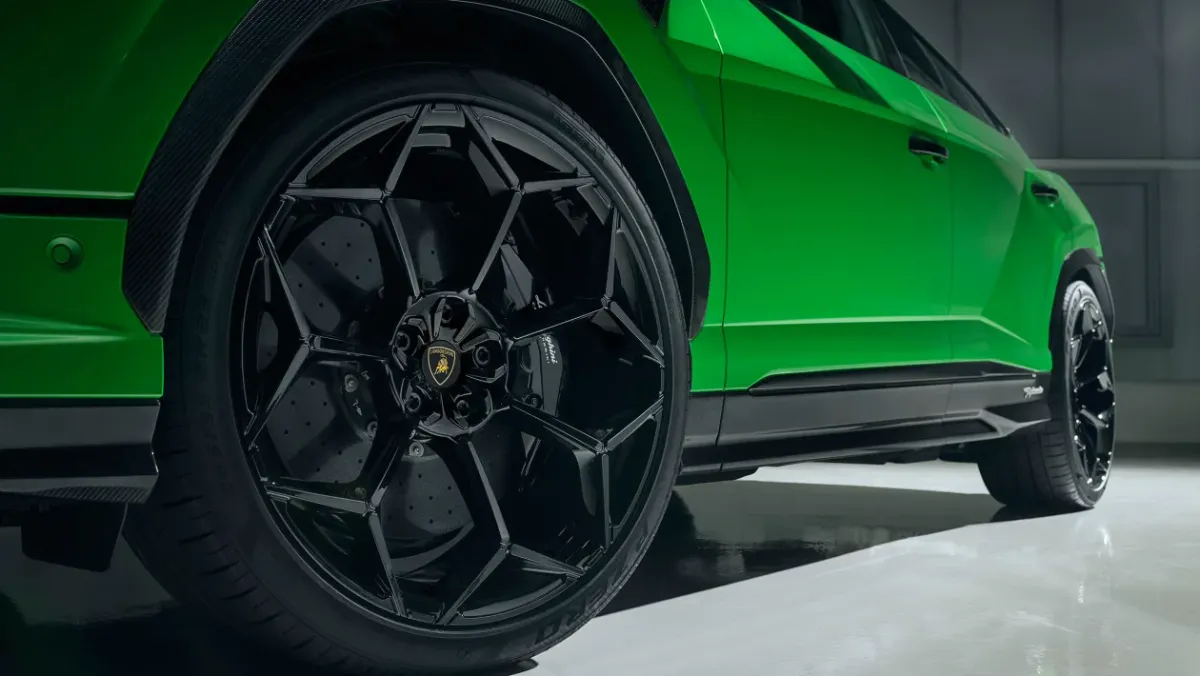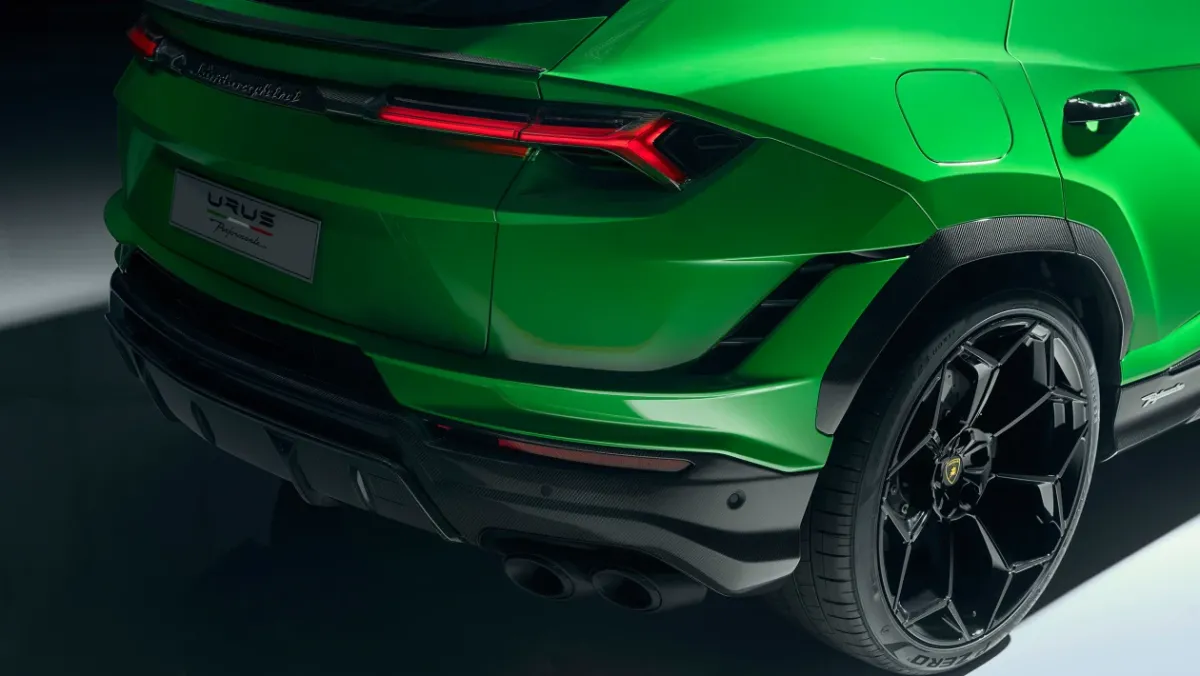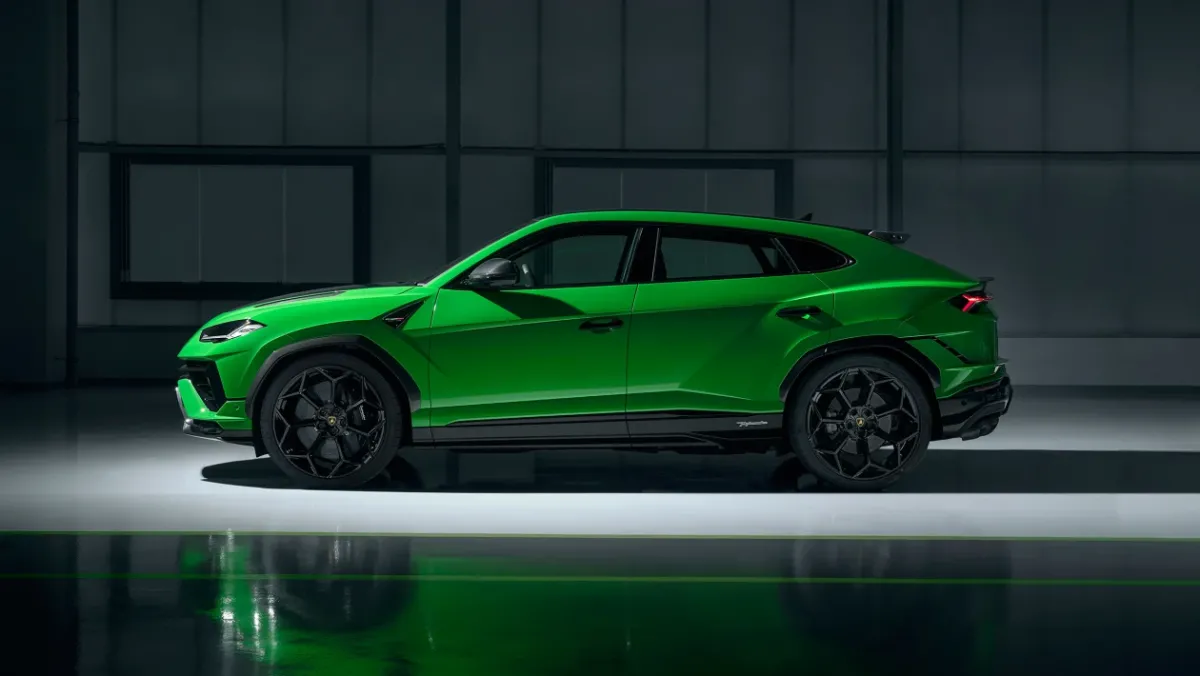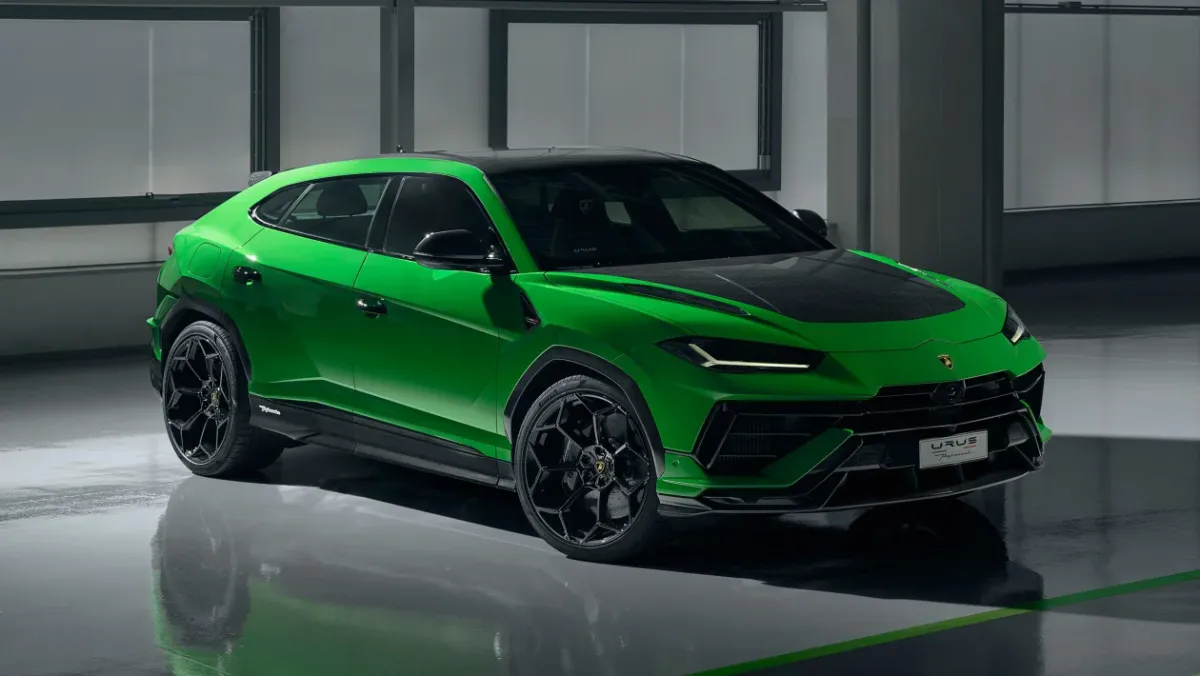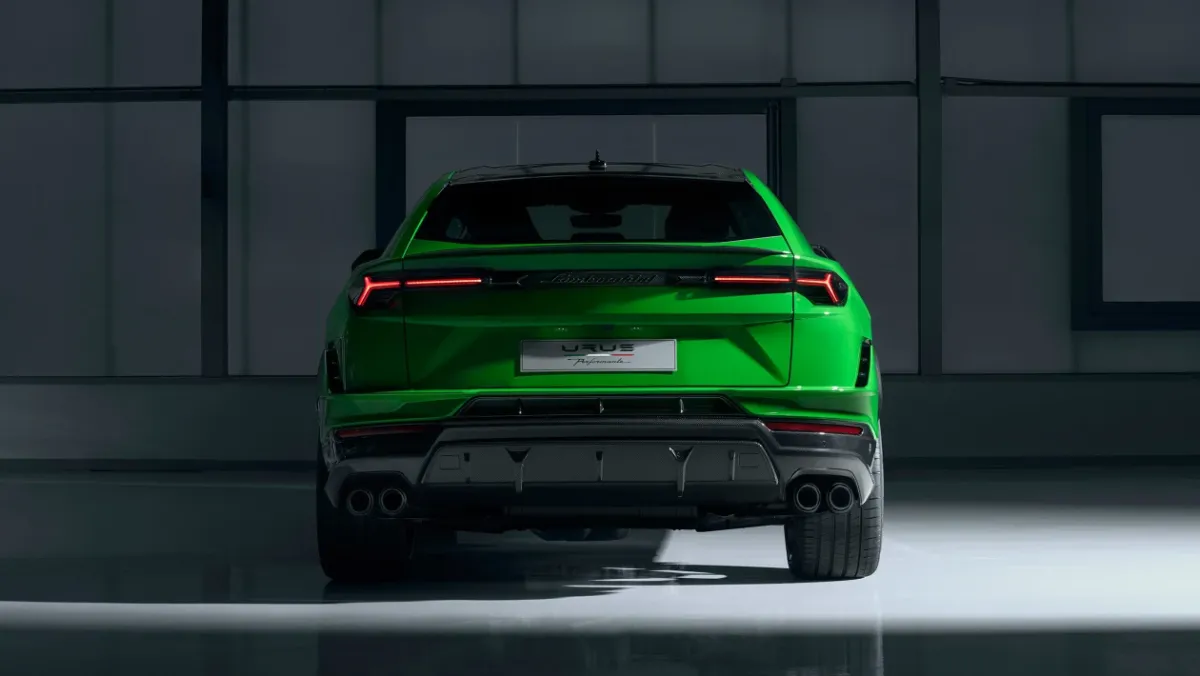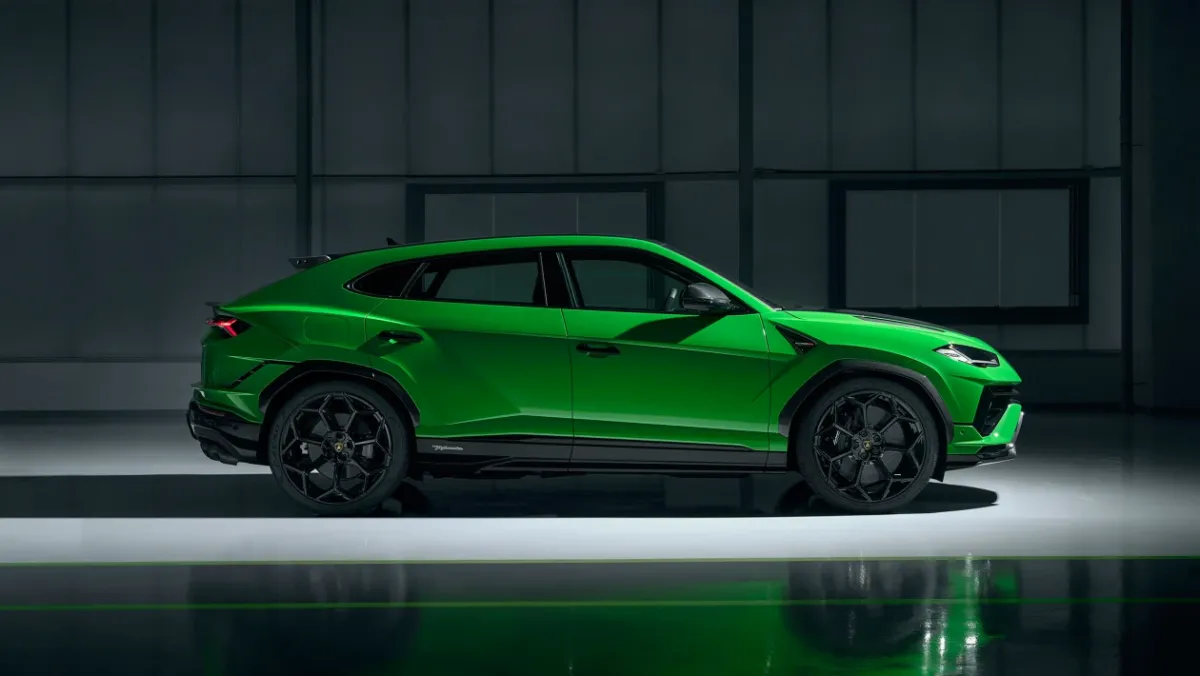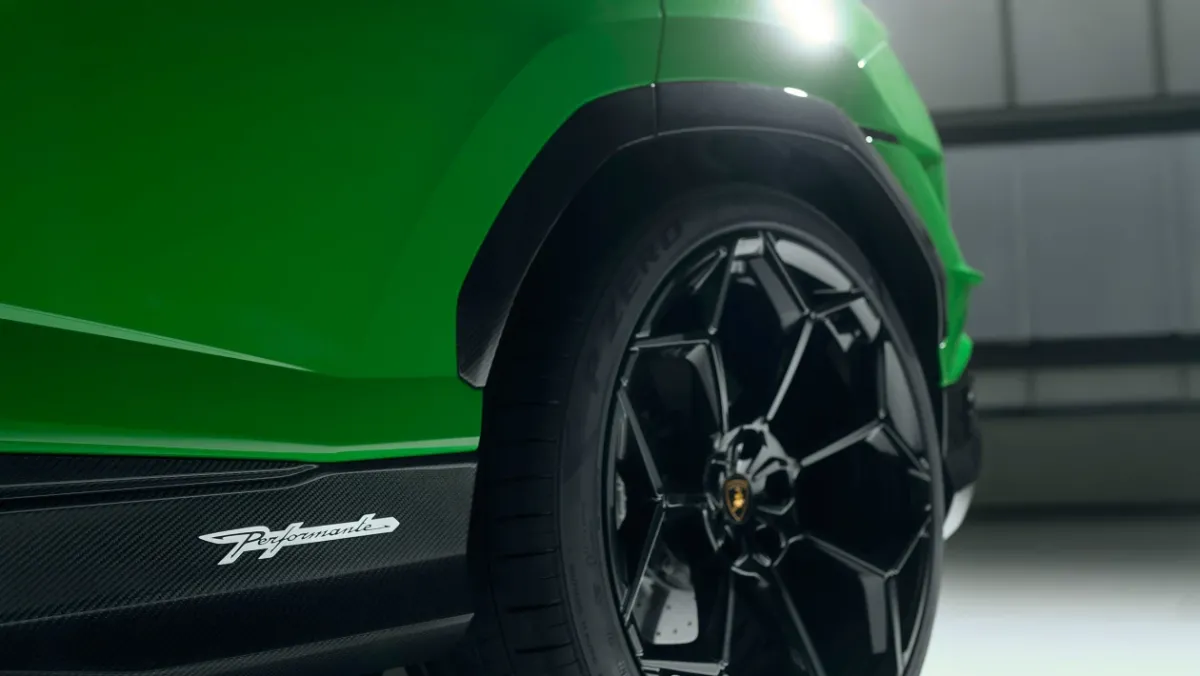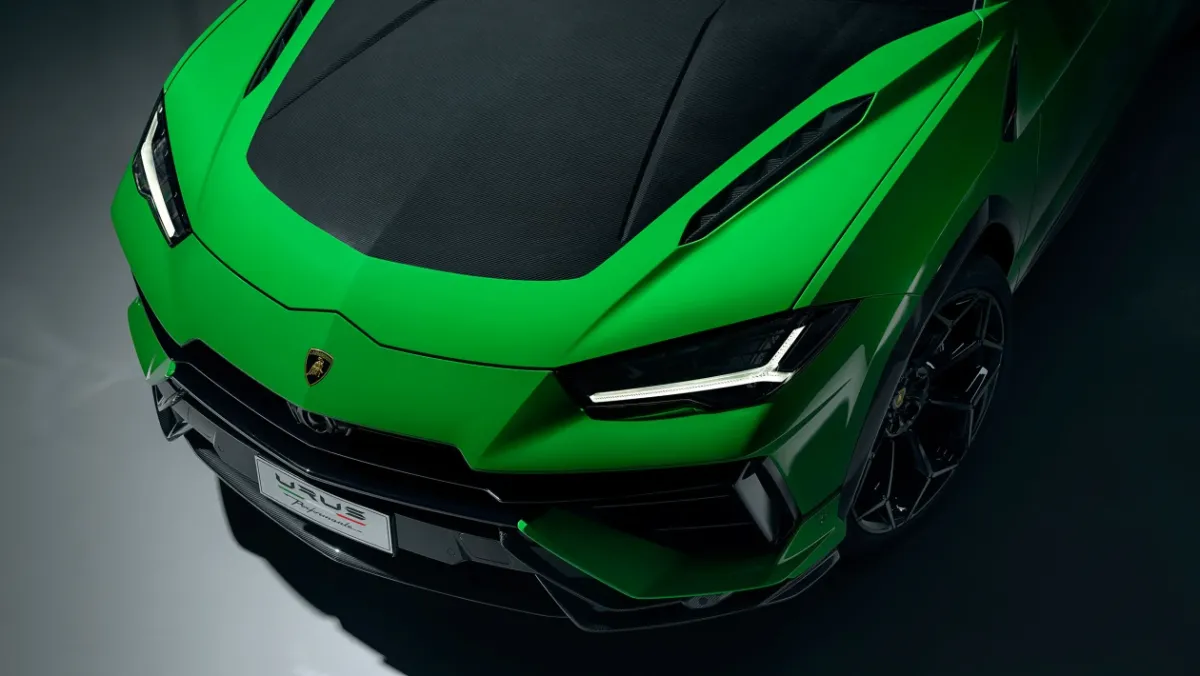It’ll be a tall order to rival the incoming Ferrari Purosangue, not forgetting Aston’s DBX707
Lamborghini has revealed a new high performance variant of its SUV called the Urus Performante. This new flagship features largely the same hardware as the existing model, but turns the wick up on its V8 engine while also updating both the chassis and exterior design. Yet the hyper SUV market has moved on since the Urus’s initial release in 2018, with Aston Martin and soon Ferrari, muscling in on its turf right at the apex of the class. So will the Performante be able to keep up?
Even with the Performante’s upgrades it trails key rival, the Aston Martin DBX707, with a peak 656bhp figure (up 15bhp over the existing Urus) generated at 6000rpm. Torque is the same as before, with 627lb ft generated between 2300 and 4500rpm, although this figure is likely the result of the eight-speed automatic transmission’s torque cap, rather than the engine’s capability to produce a higher figure.
These figures trail the DBX707 by 45bhp and 36lb ft, but there is a twist in the story as Aston’s larger 707 weighs in at 95kg more than the Urus at 2245kg. This compares to the Performante’s 2150kg, a 47kg reduction compared to the existing Urus, making their power-to-weight ratios within 5bhp/ton of one another. This shows in the Urus Performante’s performance figures, with the two matching each other to 100kph at 3.3sec, but the Lamborghini drawing a lead at 200kph, being 0.7sec ahead at 11.5sec in comparison to the Aston’s 12.2sec time. Top speeds swap back over, though, with the Aston going 5kph faster at 310kph.
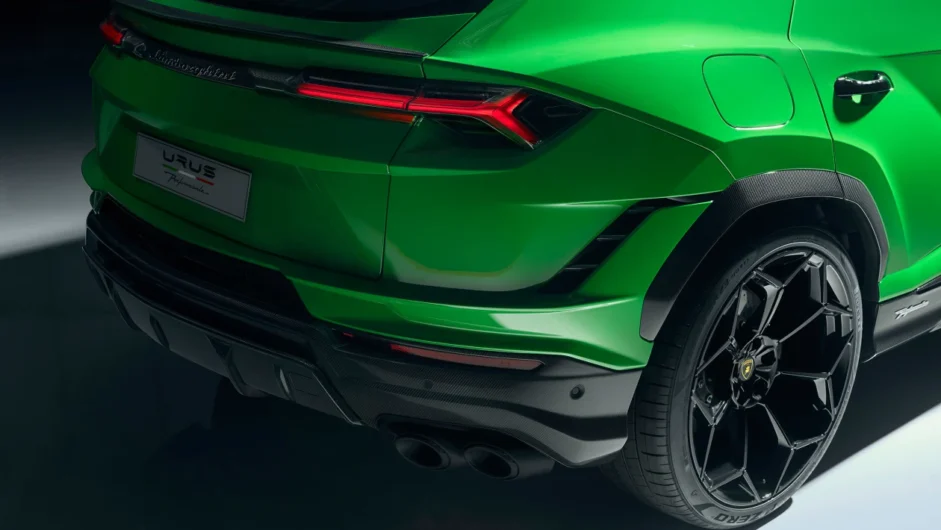
Power in the Urus is sent to all four wheels, but the Performante features a new limited-slip differential on the rear axle that also facilitates power torque-vectoring. This works in conjunction with the re-tuned front and rear-axle steering calibrations, and 48V-powered active anti-roll system. The Urus’s different drive modes vary these active elements, with Sport mode focusing on placing more of the power to the rear axle, and generally giving the car an oversteer-led balance, while keeping the dampers in a moderate setting. Corsa mode evens out the power delivery between axles, and sets both damper and active anti-roll settings to their maximum to keep the body as stable as possible. There’s also a new Rally mode, which will accentuate the drive’s rear-bias even more than Sport mode, while slacking the dampers and anti-roll system right off to better handle rough roads.
There have been other hardware changes within the chassis, including a removal of the current car’s air suspension system in favour of a steel coil spring and adaptive damper setup that sits 20mm lower than the standard Urus. This should yield a more direct road feel to the chassis, and while some capability has been lost – such as the adjustable ride height – it does signal the Performante’s more focused setup.
Lamborghini has widened the tracks by 16mm, and there are two new wheel options – a signature 23-inch wheel, or a forged 22-inch package including titanium wheel nuts and a bespoke compound of Pirelli Trofeo R tyres. It was this combination that was used on the Urus Performante that broke the Pikes Peak SUV record, cutting 17.9sec from the previous time set by a Bentley Bentayga.
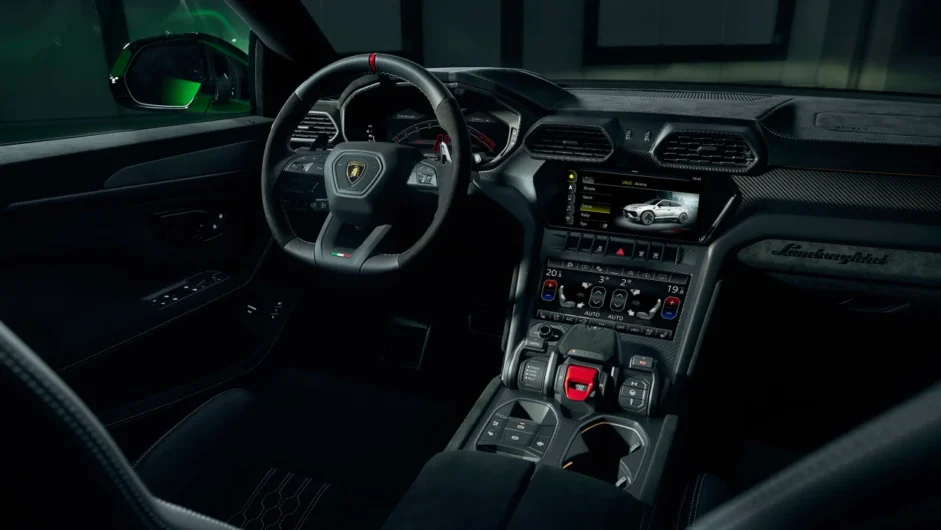
To visually signify the new Performante model, Lamborghini has given the Urus’s exterior design a subtle makeover, but the general aesthetic remains – whether you like it or not. Both front and rear bumpers are new, and to swallow the slightly wider track widths the side wheel arch cladding has been reshaped in carbonfibre.
The cabin has been left largely untouched, with a few new trim options for the cabin upholstery, but if you’re not enamoured with any of the factory options, Lamborghini’s Ad Personam program will happily trim just about any element in just about any fabric or colour you could think of.
The Urus will reach customers by the end of 2022, with local pricing starting at $241,673, making it around $35,000 more expensive than the base Urus and a fairly substantial $30,000 more than the Aston Martin DBX707 (before options). Yet while the DBX and Urus trade blows, it’s not lost on us that Ferrari’s new Purosangue is just about due with a V12 engine and all of Ferrari’s engineering might behind it. It’ll likely not just blow both of these super SUVs into the cobwebs in terms of power and performance, but in terms of its price point too. Pointless to you or I, perhaps, but something that customers clearly care about.
This article originally appeared at evo.co.uk
Copyright © evo UK, Autovia Publishing

